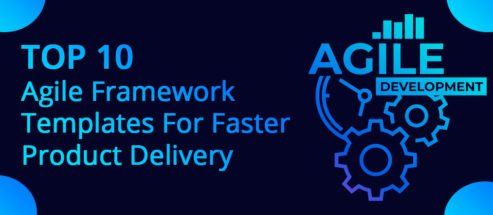We all love to catch a bite of our favorite show on Netflix. That the multi-billion dollar streaming service company shows us movie recommendations based on our chosen options and viewing behavior is common knowledge. But very few among us know that the brand personalizes the application up to an atomic level too. The Netflix app customizes content thumbnails according to what gets us to click through. In other words, on Netflix, we like what we see, and then we see what we like.
Now, given all the glory (and revenue) that this algorithm is fetching Netflix, there’s a lesson for every smart marketer — personalization works! In fact, research shows that relatable and relevant communication is more likely to raise click-through rates than any other advertising gimmick. For this reason, Netflix and many other companies can scale and make the market entirely theirs to rule.
The elephant in the room is that modern-day consumers expect special treatment from brands across the world. From something as simple as an email with a personal salutation, to something as broad as a text message notification, customers tend to be more engaged when the marketing campaigns are more centered around them than the brand.
But marketers will never have it easy, probably because they fall short of expertise and resources to achieve customer-centric marketing. Having tones of data in their analytics dashboard isn’t going to make things easier either. So how can they get everything in line?
The answer is agile workflows.
The 5-point formula for integrating agile into marketing
Brand personalization is a daunting challenge before modern marketers. One reason for that is the growing dependence on analytics technology. The expanse of it all makes it perplexing for data analysts to shun the traditional silo approach. Another reason is the lack of domain expertise that can help marketers turn data into measurable results.
Enter agile workflows.
When you turn towards agile, you enable a system of internal knowledge sharing and incremental testing to solidify your understanding of personalized customer engagement. In fact, the data gathered from this pattern of iterative learning further improves marketing resource utilization in the long run as all efforts are concerted in phases rather than spending on a big-bang project.
Agile also replaces static predictions with dynamic strategies for customer discovery. The system further becomes amenable to change, with small experiments becoming the way of work instead of large (and sometimes misplaced) bets.
To get started, you can incorporate the following five-point formula to deliver a personalized experience to your customers. Each point is supplemented by five of SlideTeam’s befitting PowerPoint templates that you can deploy to churn out excellence with agile workflows. Feel free to download and edit these flexible templates to the last pixel and keep your agile team on top of their game. Let’s check these points out.
1. Choose the right resources
It is not wishful thinking to walk the road that Netflix has paved for other brands. But is your team actually prepared for an agile workflow? You can only answer that once you know what resources or tools you will need. Devise your personalization program with the customer and the target applications in mind.
Here the target application is any tool of communication with the consumer. It can be a text notification, mobile app, or even promotional email. Once you have figured the channel, it is time to brainstorm ideas concerning customization of experience on that channel. Assess your tools and establish the need for tailoring them according to your goals. Once the resources are in place, you can conduct feasibility studies for each idea. And whatever data you gather, you can infuse that into the following templates.
2. Identify your metrics
The goal of agile transformation roadmap templates is to achieve small measurable targets over time instead of an uncertain masterstroke at once. Once you have plotted your ideas against the resources, figure out ways of assigning a metric to each concept. If you are in the initiation stage, make sure you capture the data from the essential elements like online forms, open rates, and business value.
Related read: Top 25 Agile Transformation Roadmap Templates To Maximize Your Business Value
Once the entire set of goals has been assigned a specific metric, you can gather the preliminary data and begin working towards assessment and scaling execution. The following PowerPoint templates will organize your plans and findings.
3. Test and execute
Testing and validating each outcome is the hallmark of any agile marketing workflow. One can either follow an iterative testing approach as is popular with agile teams, or take the incremental route as the test case data grows with the complexity of the tool being used. Bottom line, such incremental execution can tie goals with return on investment planned for wide-scale campaigns.
Ideally, the A-B testing approach can work wonders in this endeavor. One must also ensure that the results of each iteration be consolidated at a particular repository that is easily accessible to all the stakeholders. If the data is dissipated in files and folders that nobody uses, it defeats the purpose of agile adaptation altogether. The following templates will help you align the team to purposeful outcomes.
4. Get it all on paper
Ideas can sprout from the unlikeliest of places. When thinking of personalization, agile teams can generate a lot of ideas according to their perception and expertise. While not all of these ideas will work, it certainly helps your case as a team leader to develop this knowledge base for future projects.
Agile systems are definitely scalable. But scaling can only be achieved from documented insights and thoughtful analysis. One must ensure that each piece of dialogue is jotted down and saved in the data repository with test results. The following PowerPoint templates are your one-stop solution for keeping your insights fully accessible and presentable.
5. Get personal, not creepy
The growing concerns around privacy and data security pose a significant challenge to modern marketers. Another rider here is the massive amount of customer data at their disposal. Sometimes, marketers can go astray and manipulate this data without an appropriate filter, leading to emails that sound more like a stalker’s note than a newsletter that genuinely cares to inform and influence.
Thanks to the multi-layered validation and implementation framework, agile workflows ensure that enough filters and regulations are in place for data mining. Alternatively, marketers can get their teams up to speed on a profitable customer experience strategy and data use with the assistance of these handy content-ready templates.
Conclusion
Personalization of brand experience can take time. Agile workflows, however, bring that time down significantly. And there’s always room for experimentation when you want to build your marketing campaigns around the customer. Striking a balance between understanding and analysis will always be the key to scaling your brand footprint.
It’s tempting to be in awe of what companies like Netflix, Spotify, or Lyft have achieved with nurturing a personal connection with their customers. But they had to start somewhere after all. And with agile hand-in-hand with our PowerPoint templates, your start can be nothing less than spectacular.


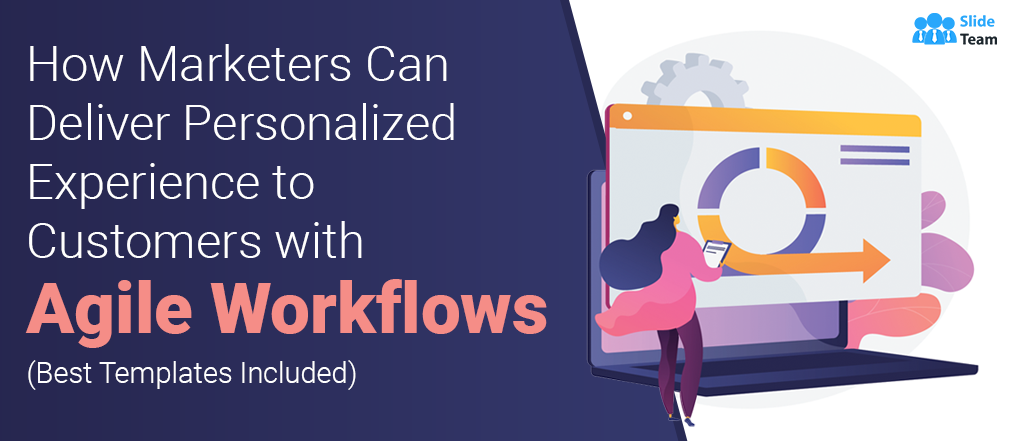


 Customer Reviews
Customer Reviews





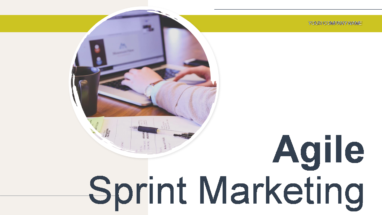

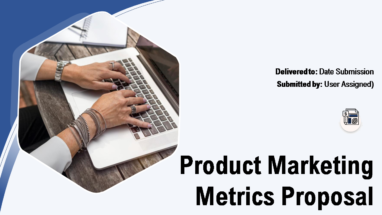


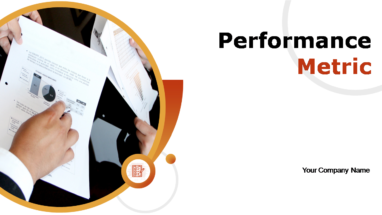
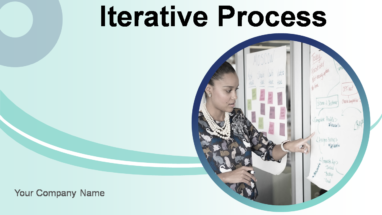
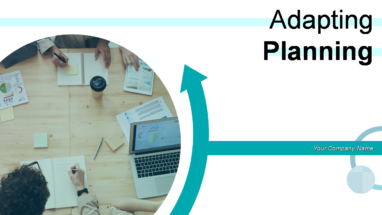

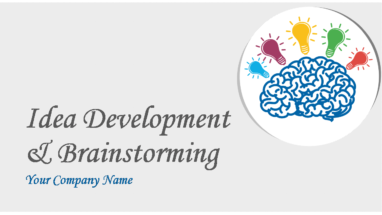

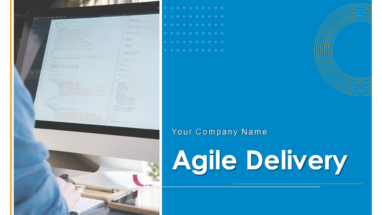
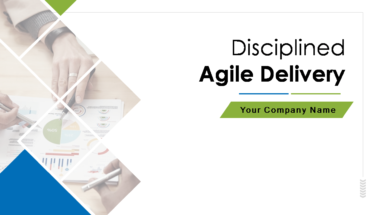
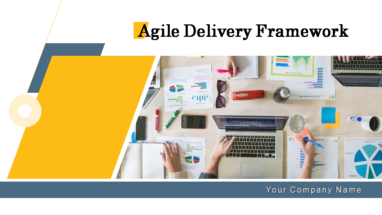

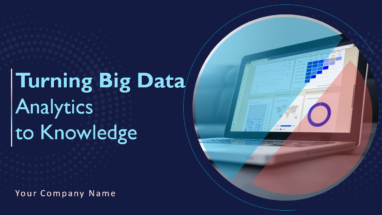
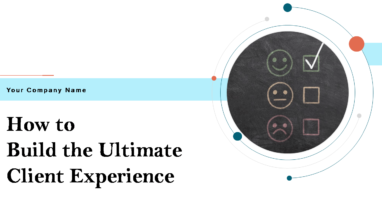
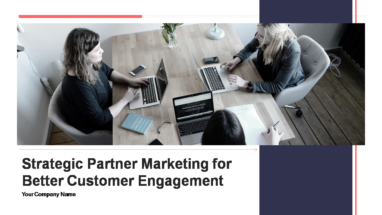

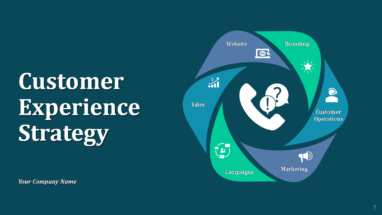




![[Updated 2023] Top 25 Agile PowerPoint Templates for a Smooth Transitioning](https://www.slideteam.net/wp/wp-content/uploads/2020/06/size1001-436-3-335x146.jpg)
